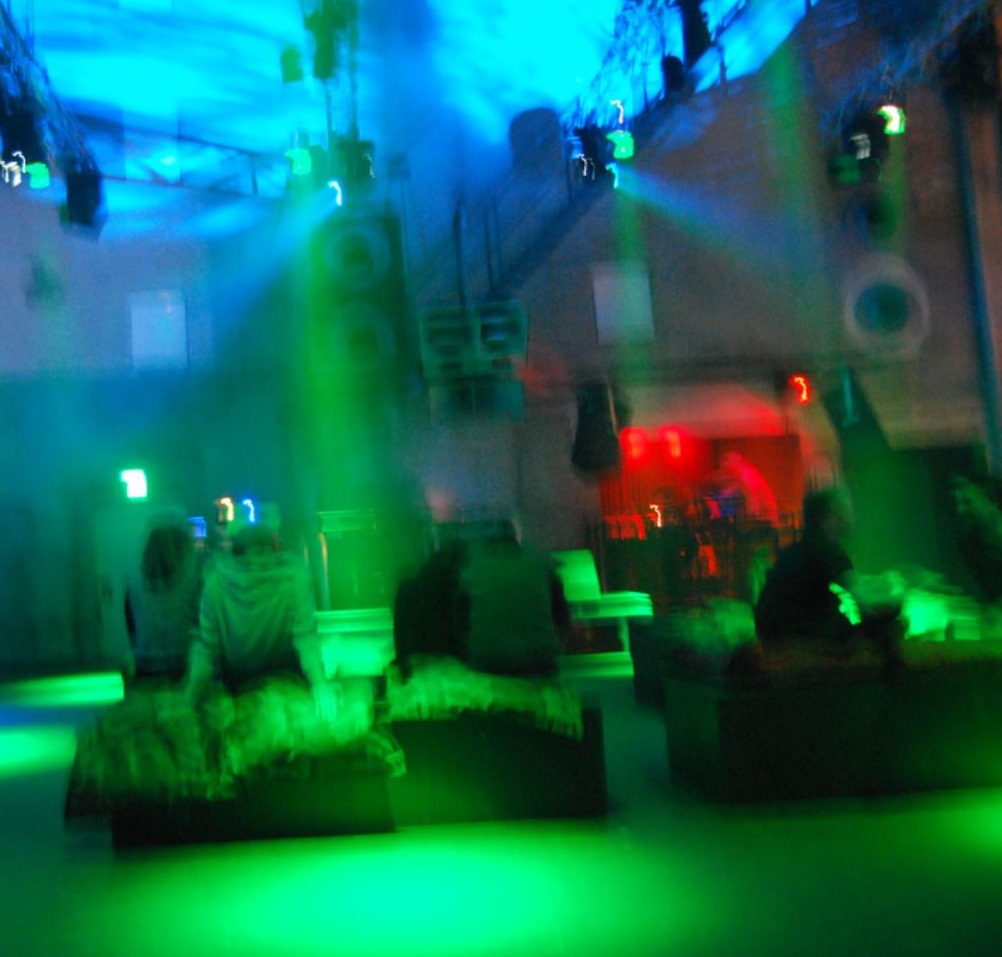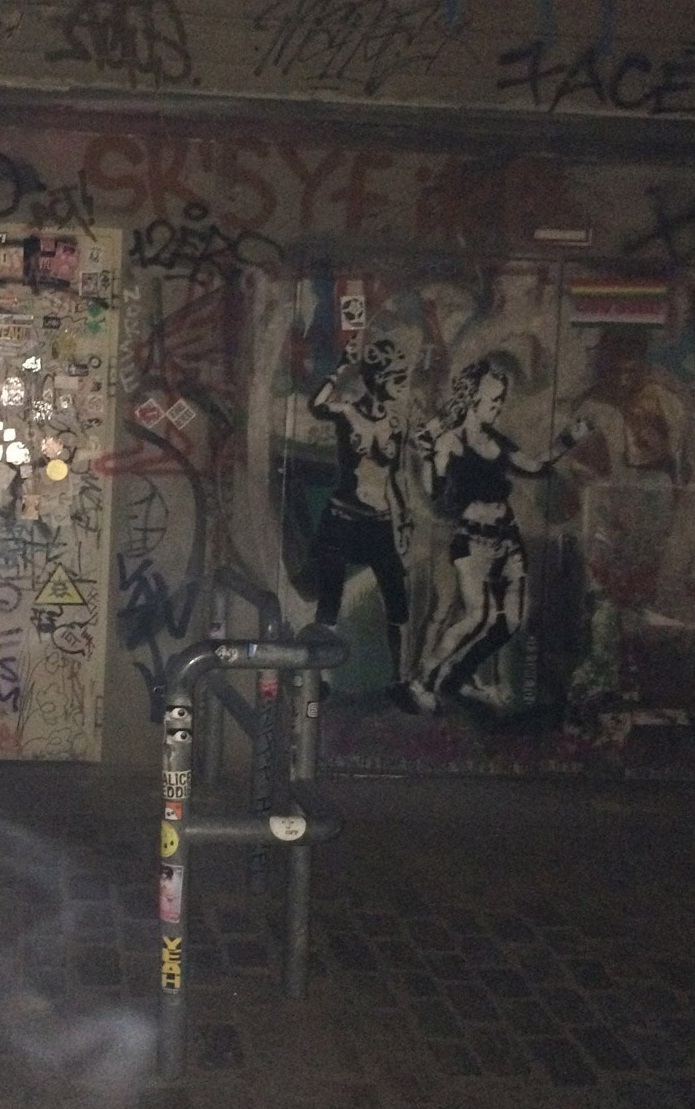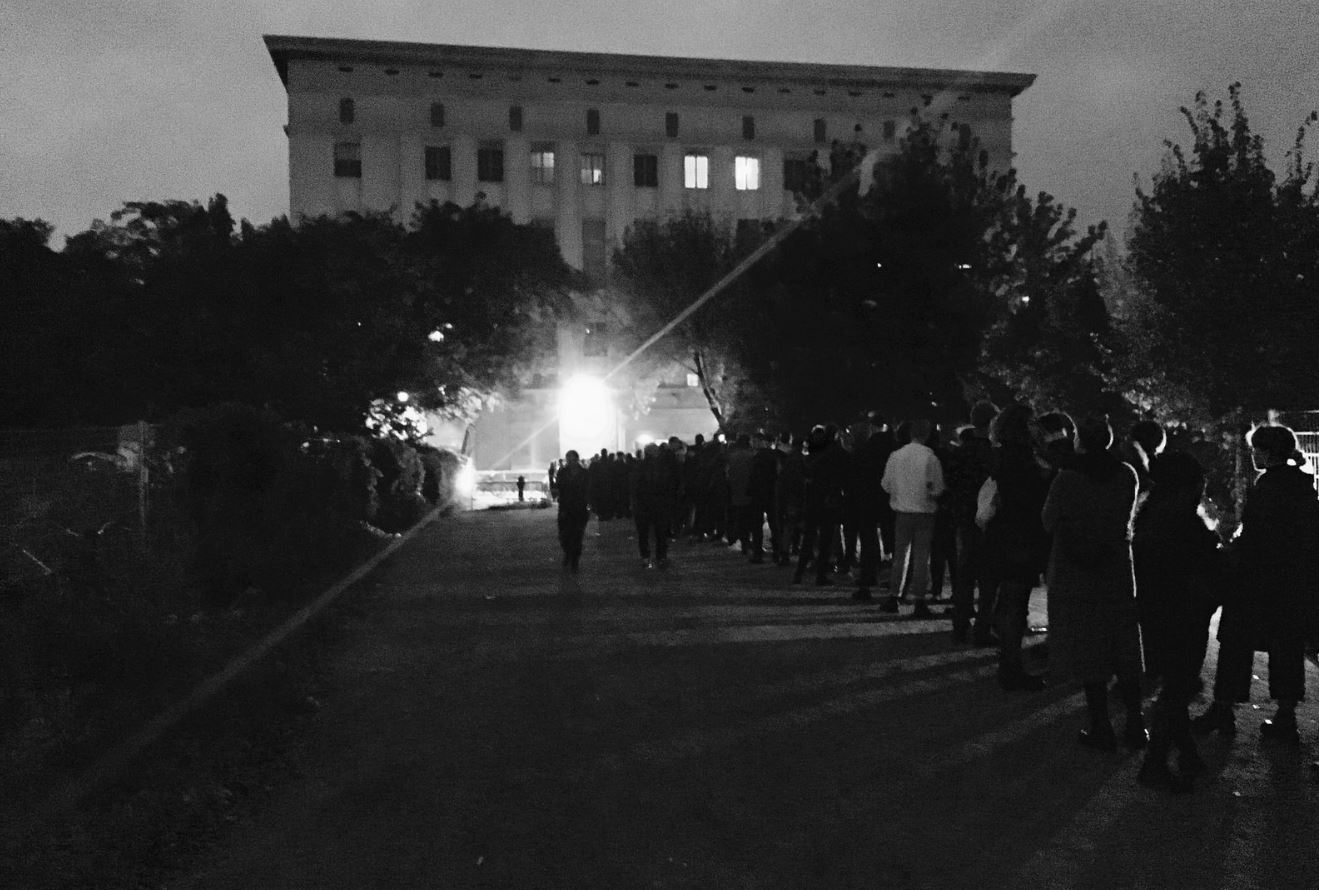The Berghain, the current world capital of techno
The Berlin’s most legendary nightclub where techno reigns and the limits of decadence are pushed, No VIP, no mirrors in the bathroom, no expensive cocktails, just a good sound system and great crowd.

Berghain’s story begins in the late 1990s. Club promoters Michael Teufele and Norbert Thormann, had been running their gay club Snax in various locations around Berlin. In 1998, they were offered to move to a permanent location on a vast industrial lot in the district of Friedrichshain in former East Berlin — close to the banks of the river Spree. Soon enough, the lease had been signed and the duo was given access to a grey, nondescript factory building that previously had been used for train repairs.
They saw great potential in the building, and an opportunity to expand their club activities. They named the new club Ostgut, and even if they kept organizing Snax parties, most evenings revolved around offering quality techno to an audience that was both gay and straight. It had all the qualities that people associate with Berghain today—the dark nooks and crannies, the mixed crowd, and of course techno music.
One of Ostgut’s frequent guests was DJ and producer Daniel Wang, who left the United States for Berlin in the early 2000s. “Ostgut was like a world of its own,” he remembers. “It didn’t even have a street address. If you looked it up on a map, it was just a big, vacant lot. There were no street lights; you had to fumble your way through the dark until you’d see the entrance and the doormen in their boots and bomber jackets.”
Ostgut was an immediate success and a place that welcomed both gay men and club kids to dance to the latest techno. It prioritized local DJs over the big names, and among the DJs that built their careers playing Ostgut were André Galluzzi and Marcel Dettmann.
A few years after opening its doors, Ostgut chose to expand. The upper level was transformed into yet another dancefloor. From its windows, you had a terrific view over surrounding warehouses and factories. The new section was named Panorama Bar and focused on house and softer techno that drew somewhat of a more mainstream crowd.
 During the Ostgut era, the club Lab.oratory, run in the same space, also saw the light. This club was primarily dedicated to a gay male clientele, with a focus on sexual activities that were a bit too extreme to coexist with the mainstream crowd.
During the Ostgut era, the club Lab.oratory, run in the same space, also saw the light. This club was primarily dedicated to a gay male clientele, with a focus on sexual activities that were a bit too extreme to coexist with the mainstream crowd.
“There were dark rooms, chains, swings and corners where men and women — mostly men — explored each other sexually. I remember one night when an entire room was filled with mud. Naked guys were dancing around, had sex with each other and acted like pigs. It took a month to clean up in there,” Daniel Wang laughs.
In 2003, Ostgut went kaputt. The German capital had its sights set on the old railway zone for the construction of a new sports stadium. On January 4, a farewell party was held that lasted for thirty hours. The club packed up, closed down and the old industrial buildings were razed to leave room for the glitzy, 17,000-seat O2 World Arena.
“Because this land is the place I love, and here I’ll stay, and here I’ll stay. Here I’ll stay.”
The lyrics are from Frankie Goes to Hollywood’s “Ferry Cross the Mersey” — the last song ever played at Ostgut. Behind the decks was the legendary Boris, and together with the audience, he bid farewell to the club that had accomplished so much during its five-year existence.
It would take close to two years before Michael Teufele and Norbert Thormann found a location worthy to carry the Ostgut legacy further. But it turned out to be a location well worth the wait.
On a lot not too far away from old Ostgut territory, there was a power plant owned by Swedish energy giant Vattenfall. The plant had been taken out of service and cleared of turbines, generators and other technical equipment. What was left was a raw concrete structure from the 1950s that had everything that Teufele and Thormann were looking for — and then some.
On October 15, 2004, a dancing crowd filled the old power plant for the first time. The great hall that would later become techno club Berghain was not yet completed, so the guests congregated in the new Panorama Bar, which in many senses followed the same path as its predecessor. One of the people there that night was Ostgut regular Daniel Wang.
“You could sense right away that this was a special place. The space was amazing and the atmosphere unpretentious, yet energized.”
He proceeds to describe the crowd. “There were people of all shapes and sizes. Mostly whites, but also Asians, Latinos and Blacks. But there were no glamourous movie stars, models or mafia moguls. Everyone was there to dance, not to show themselves off.”
A month after the opening of Panorama Bar, it was time for the steel doors that lead to the great turbine hall to finally open. It was called Berghain after the two neighborhoods that flank the club — Kreuzberg and Friedrichshain. Just like the great floor of Ostgut, the musical focus was dark, hardcore techno that ripped up the concrete dust.
The floor was filled with dance-hungry revelers, setting their innermost selves free. The ceiling height, the industrial ambiance and the powerful bass created a force of nature making itself felt far beyond the city of Berlin.
Today Berghain is the world’s most legendary club. It’s no easy feat to explain how it got there — but most likely, it’s a matter of hard, painstaking work combined with a good portion of luck and timing.
“There are many contributing factors,” says Daniel Wang. “From the city’s liberal and decadent nature to cheap flights. And you have to include the people behind the scenes, as well as the club’s very talented, open-minded resident DJs.”
Another reason for Berghain’s success is the mythology that’s formed around it. Berghain and techno music have become part of pop culture, with ever-expanding press coverage in renowned publications such as Rolling Stone and The New Yorker. People are hungry to witness the hedonism of Berlin and to find out what goes on behind the concrete walls of Berghain.
Michael Mayer
“For many people, it’s not the music but the ‘cool factor’ that attracts them to Berghain,” says DJ and producer Ali “Perc” Wells. “Once there, they’re immersed in techno music, and hopefully they’ll enjoy that experience and get hooked. I see it sort of like a breeding ground for future generations of techno heads.”






